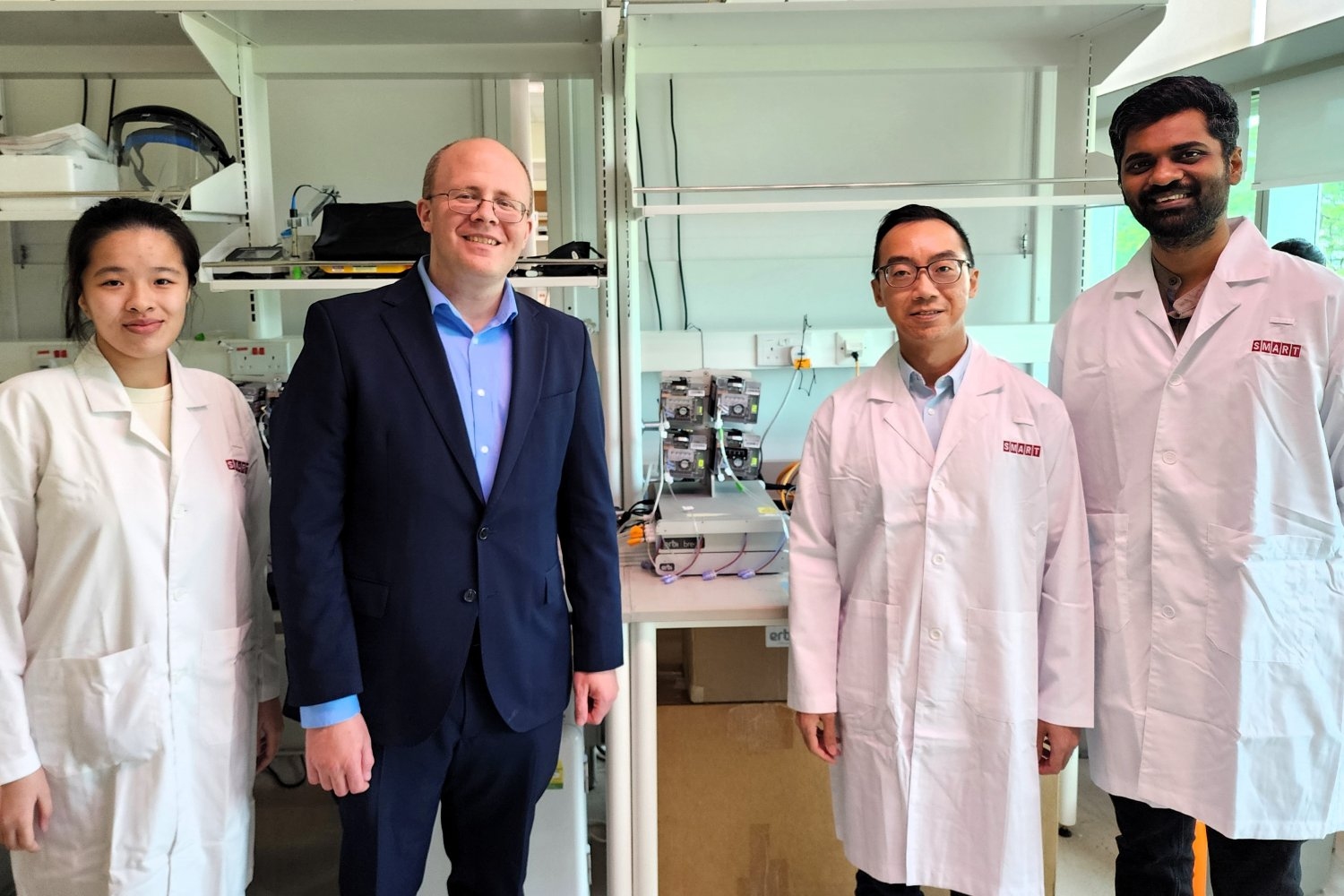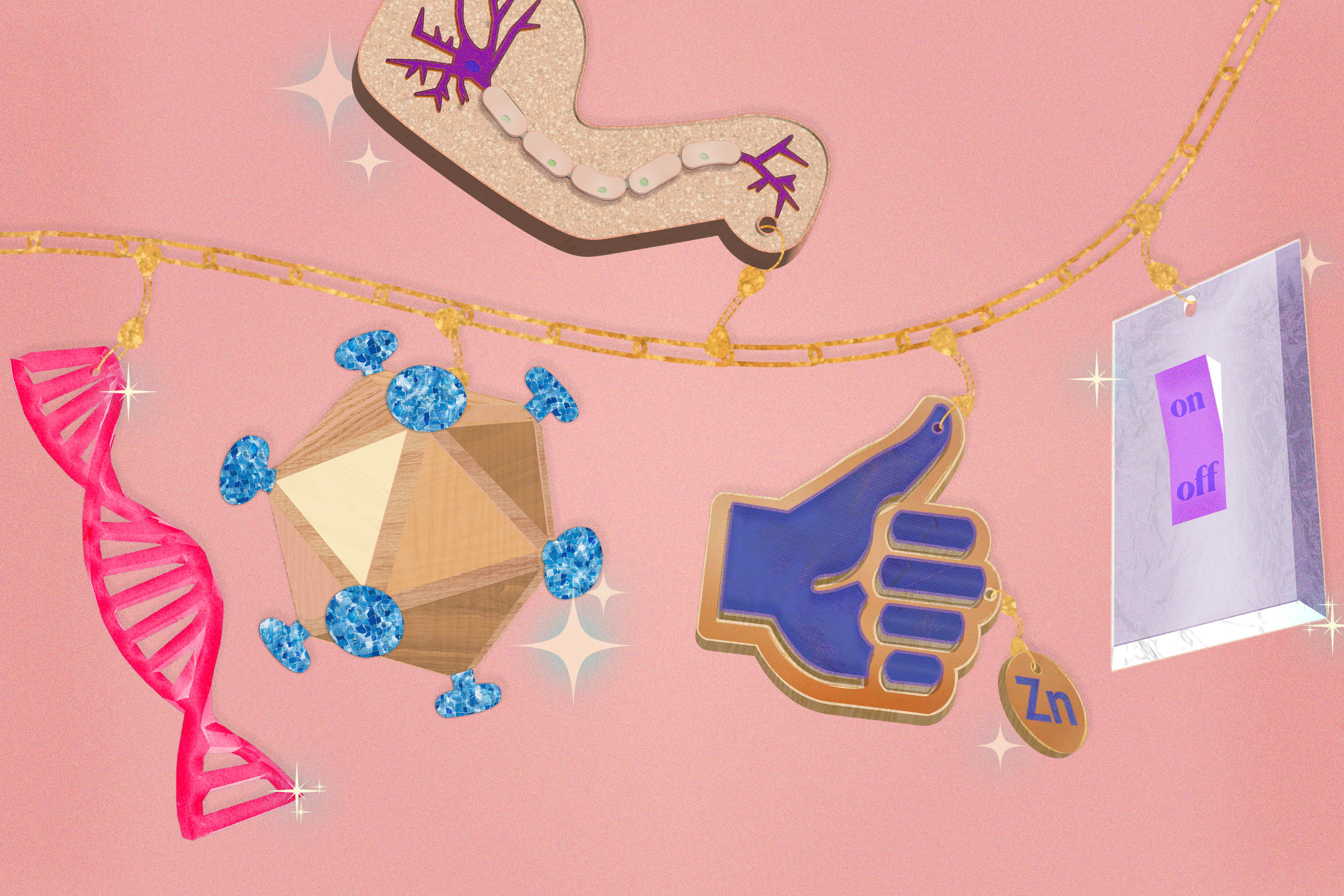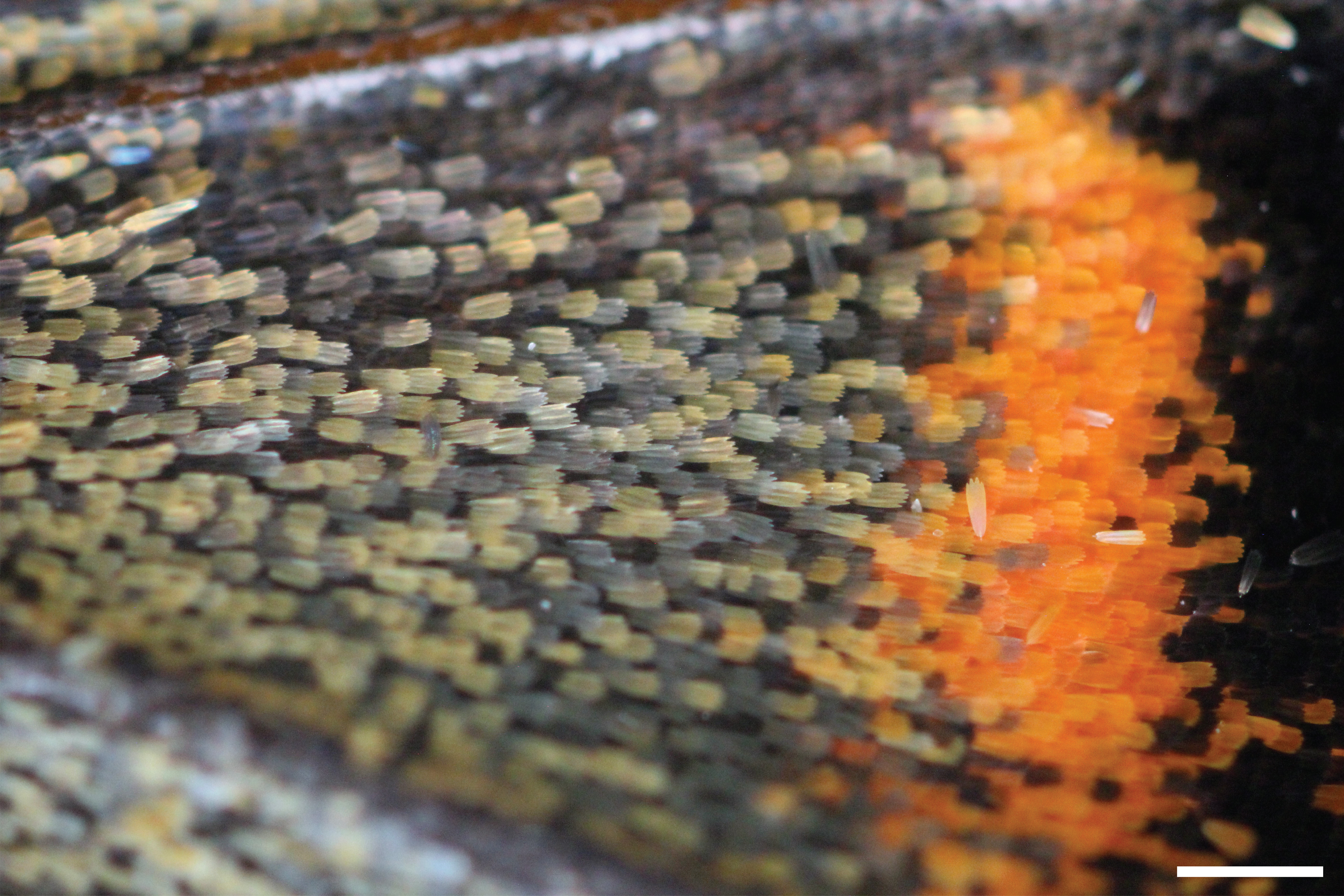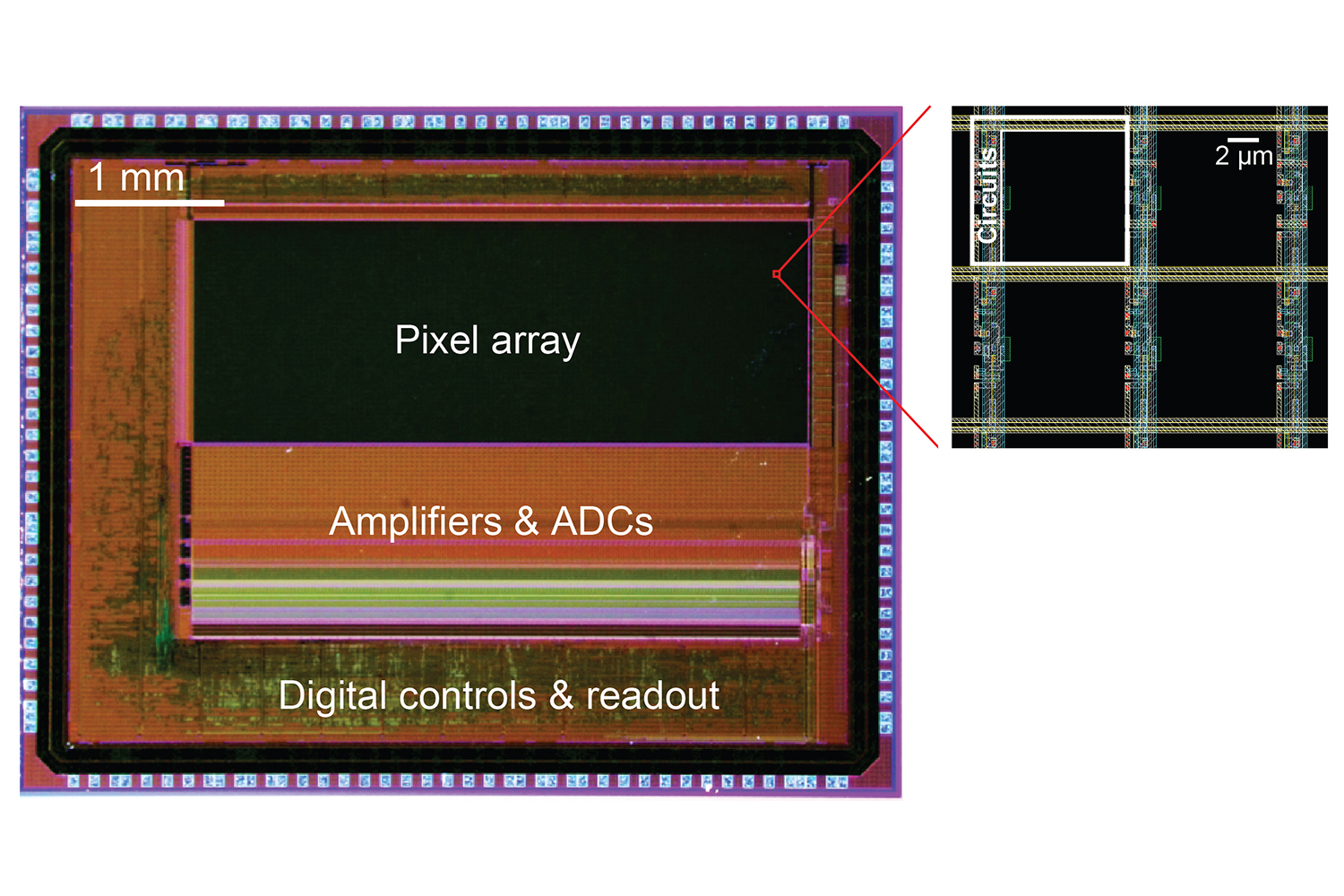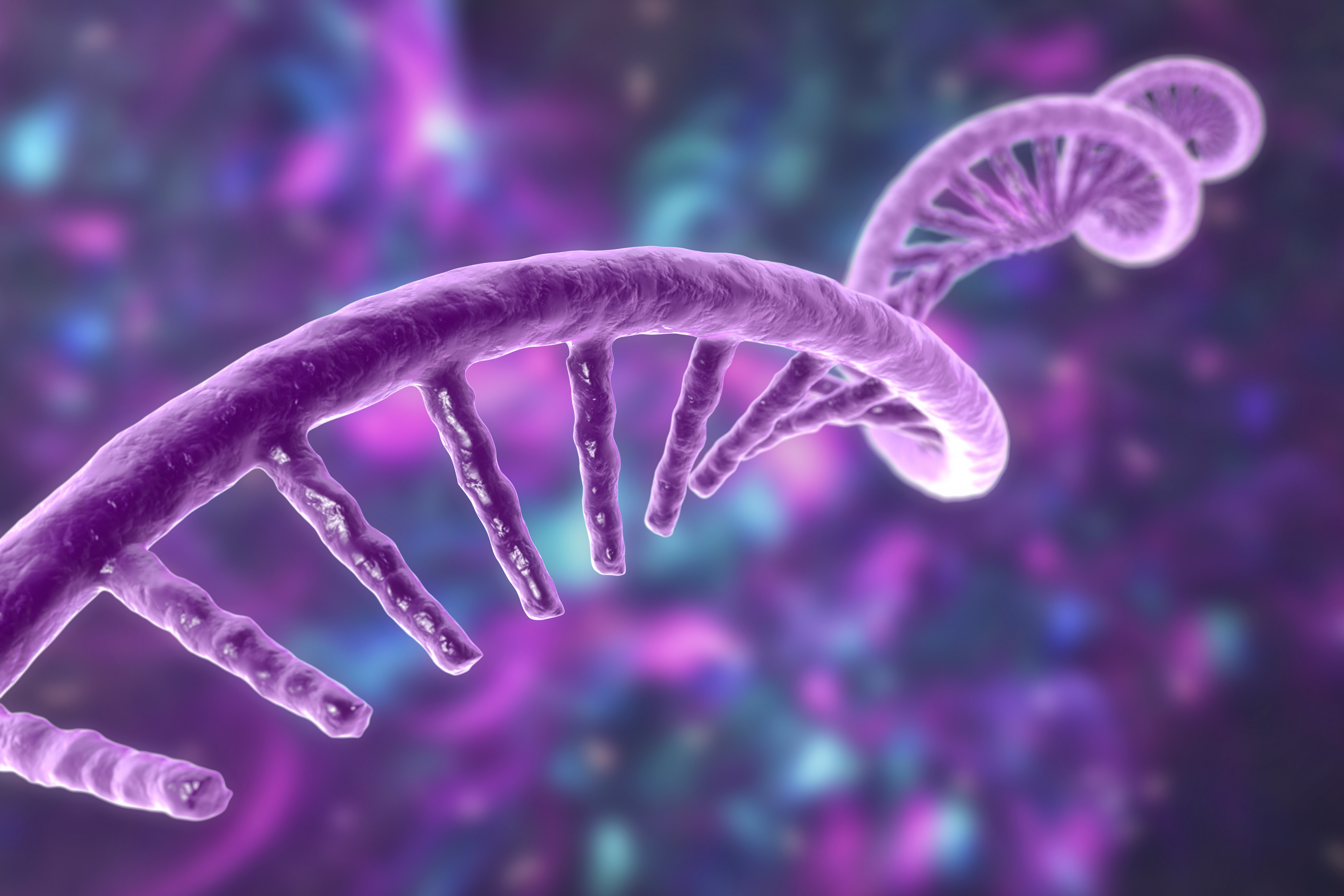A new way to miniaturize cell production for cancer treatment
A chip the size of a pack of cards uses fewer resources and a smaller footprint than existing automated manufacturing platforms and could lead to more affordable cell therapy manufacturing.
July 9, 2024 • ~7 min

